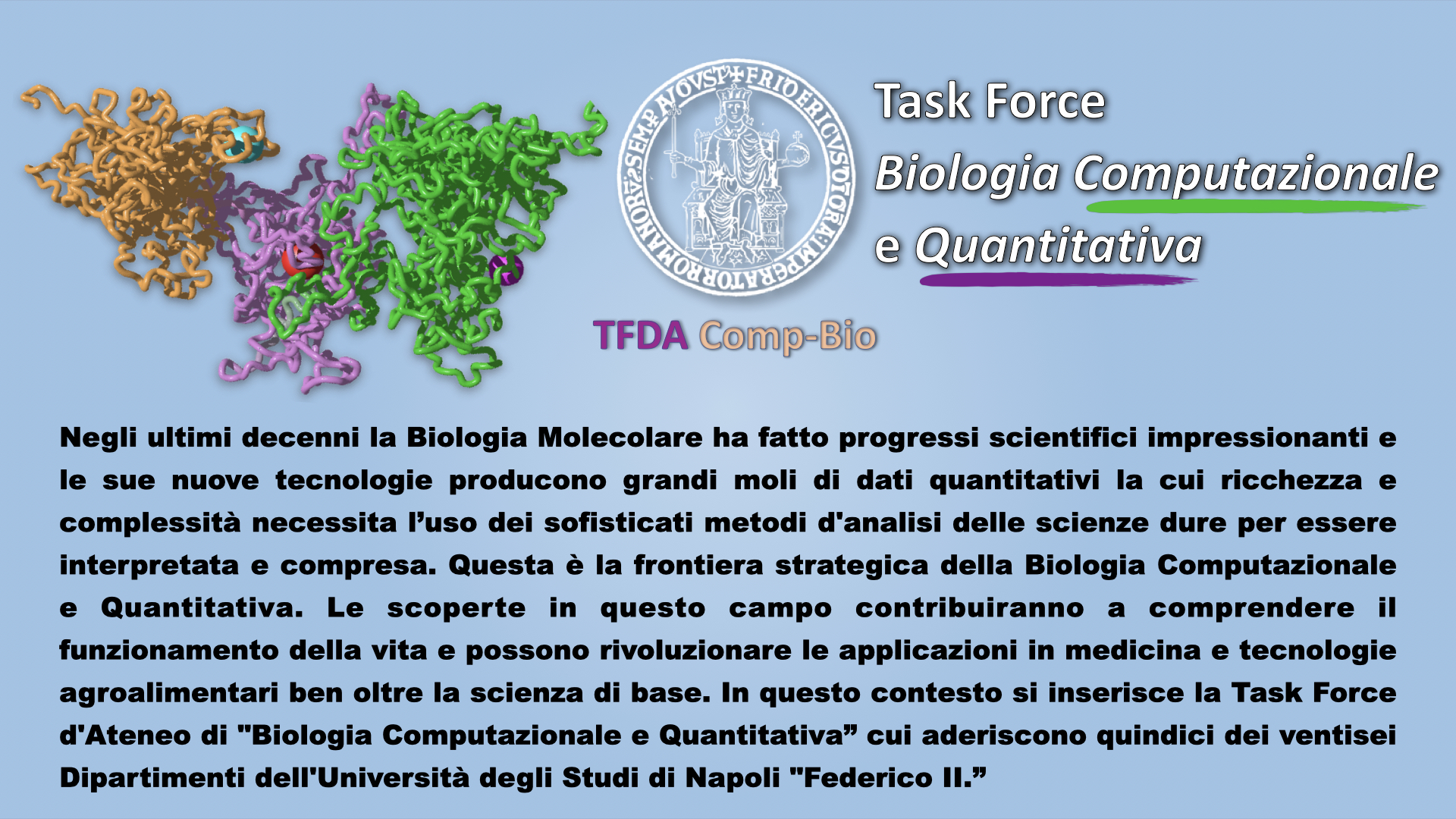In recent years, the success of and insight gained by classical molecular modeling, in understanding the fundamentals of complex molecular phenomena, have triggered a strong desire to go beyond the limitations of the information that can be extracted from classical Molecular Dynamics MD, especially the limitations that cannot be resolved by advances in computational efficiency. To this aim effective molecular representations have been developed and used for diverse molecular systems in a variety of coarse-grained (CG) and multi-scale (MS) techniques. (For a recent review and perspective see [1]) In the last decade, hybrid particle-continuum approaches such as Single-Chain in Mean-Field (SCMF) [2] and Hybrid Particle Field MD (hPF-MD),[3,4] which link discrete (particle-based) and continuum (field-based) descriptions in a single simulation volume, have been increasingly applied and validated for different systems. In hPF-MD, the nonbonded forces acting on a particle are expressed as function of the derivatives of local density gradients. This reformulation enables much more efficient simulations, especially for large parallel runs, than standard MD as the evaluation of nonbonded pair forces is replaced by building particle-to-mesh density fields and computing the density field potentials. Both steps are of first order in the number of particles. The hPF-MD model has been demonstrated to be effective to investigate homopolymers and block copolymers at both CG[5] and atomistic resolutions [6] also in the presence of solid nanoparticles [7-9] and for liquid-vapor interfaces [10]. The hPF-MD model was also validated in describing the conformational and dynamical properties of biological systems such as lipid bilayers[11-13], biosurfactants [14] and proteins [15]. More recently, after the integration of electrostatics into the hybrid particle-field scheme [16], the hPF-MD method was further successfully applied to charged phospholipids [17]. During the talk, after an introduction to the basics of hPF-MD methodology, I will give an overview of the main results with a special focus on electrostatic interactions their implementation and its applications from simple idealized to complex molecular models [18].
References
[1] Unfolding the prospects of computational (bio)materials modelling G.J.A. Sevink, A. Liwo, P. Asinari, D. MacKernan, G. Milano, and I. Pagonabarraga (Featured Article for the special issue: Classical Molecular Dynamics (MD) Simulations: Codes, Algorithms, Force Fields, and Applications) J. Chem. Phys. 2020, 153, 100901
[2] Single chain in mean field simulations: Quasi-instantaneous field approximation and quantitative comparison with Monte Carlo simulations K. Daoulas, M. Muller J. Chem. Phys. 125, 184904 (2006)
[3] Hybrid Particle-Field Molecular Dynamics Simulations for Dense Polymer Systems G. Milano, T. Kawakatsu J. Chem. Phys. 130, 214106, (2009)
[4] Hybrid Particle-Field Molecular Dynamics Simulations: Parallelization and Benckmarks Y. Zhao, A. De Nicola, T. Kawakatsu, G. Milano Journal of Computational Chemistry 33, 868, (2012)
[5] Micellar Drug Nanocarriers and Biomembranes: How do they Interact? A. De Nicola, S. Hezaveh, Y. Zhao, Toshihiro Kawakatsu, Danilo Roccatano, Giuseppe Milano Phys. Chem. Chem. Phys 16, 5093, (2014)
[6] Generation of Well Relaxed All Atom Models of Large Molecular Weight Polymer Melts: A Hybrid Particle-Continuum Approach Based on Particle-Field Molecular Dynamics Simulations A. De Nicola, T. Kawakatsu, G. Milano J. Chem. Theory Comput., 2014, 10 (12), pp 5651–566
[7] Rational Design of Nanoparticle/Monomer Interfaces: A Combined Computational and Experimental Study of In Situ Polymerization of Silica Based Nanocomposites A. De Nicola, R. Avolio, F. Della Monica, G. Gentile, M. Cocca, C. Capacchione, M. E. Errico and G. Milano RSC Advances 2015, 5, 71336-71340
[8] Self-Assembly of Carbon Nanotubes in Polymer Melts: Simulation of Structural and Electrical Behavior by Hybrid Particle-Field Molecular Dynamics Y. Zhao, M. Byshkin, Y. Cong, T. Kawakatsu, L. Guadagno, A. De Nicola, N. Yu, G. Milano and B. Dong, Nanoscale 2016, 8, 15538-15552
[9] Efficient Hybrid Particle-Field Coarse-Grained Model of Polymer Filler Interactions: Multiscale Hierarchical Structure of Carbon Black Particles in Contact with Polyethylene S. Caputo, V. Hristov, A. De Nicola, H. Herbst, A. Pizzirusso, G. Donati, G. Munaò, A. R. Albunia and G. Milano J. Chem. Theory Comput. 2021, 17, 3, 1755-1770.
[10] Efficient and Realistic Simulation of Phase Coexistence G. J. A. Sevink, E. M. Blokhuis, and X. Li, G. Milano J. Chem. Phys. 2020, 153, 244121.
[11] A hybrid particle-field molecular dynamics approach: a route toward efficient coarse-grained models for biomembranes G. Milano, T. Kawakatsu, A. De Nicola Physical Biology 10, 045007, (2013)
[12] Toward Chemically Resolved Computer Simulations of Dynamics and Remodeling of Biological Membranes T. A. Soares, S. Vanni, G. Milano, M. Cascella Journal of Physical Chemistry Letters (Perspective) J. Phys. Chem. Lett., 2017, 8 (15), pp 3586–3594
[13] Self-Assembly at the Multi-Scale Level: Challenges and New Avenues for Inspired Synthetic Biology Modelling G. Milano, I. Marzuoli, C. D. Lorenz and F. Fraternali Synthetic Biology: Volume 2 Royal Society of Chemistry Book Series 2017
[14] Self Assembly of Triton X-100 in water solutions: A Multiscale Simulation Study Linking Mesoscale to Atomistic Models A- De Nicola, T. Kawakatsu, C. Rosano, M. Celino, M. Rocco, G. Milano Journal of Chemical Theory and Computation 2015 11 (10), 4959-4971
[15] Hybrid Particle-Field Model for Conformational Dynamics of Peptide Chains S. Løland Bore, G. Milano, M. Cascella Journal of Chemical Theory and Computation 2018, 14 (2), pp 1120–1130
[16] Hybrid particle-field molecular dynamics simulation for polyelectrolyte systems YL Zhu, ZY Lu, G. Milano, AC Shi and ZY Sun Phys. Chem. Chem. Phys 2016, 18, 9799
[17] Hybrid particle-field molecular dynamics simulations of charged amphiphiles in aqueous environment H. B. Kolli, A. De Nicola, S. Løland Bore, K. Schäfer, T. Kawakatsu, ZY Lu,YL Zhu, G. Milano, M. Cascella 2018, 14 (9), pp 4928–4937ù
[18] Aggregation of Lipid A Variants: A Hybrid Particle-Field Model A. De Nicola, T. A. Soares, D. E. S. Santos, S. Løland Bore, G. J. A. Sevink, M. Cascella, G. Milano Biochimica et Biophysica Acta - General Subjects 1865, 4, 2021, 129570

